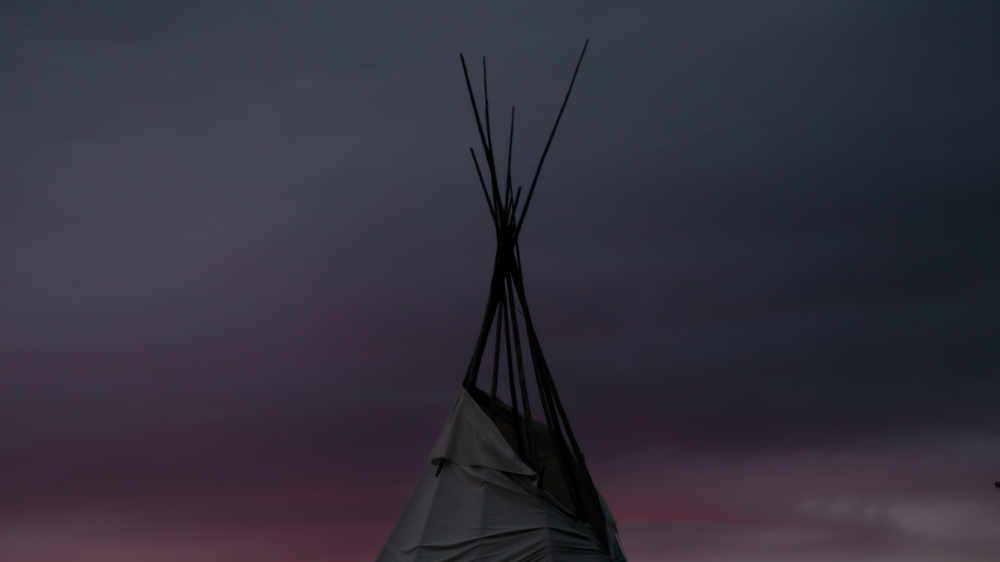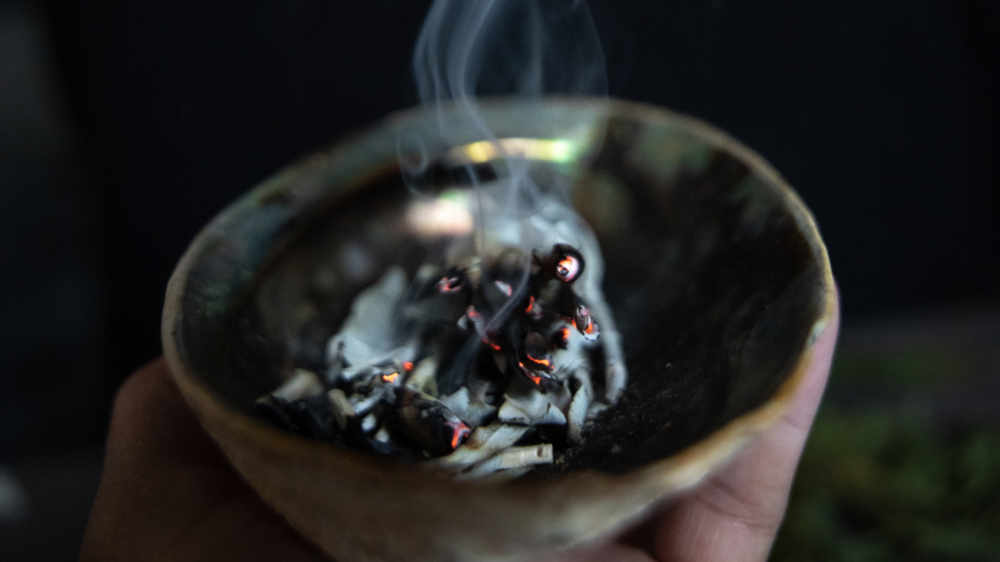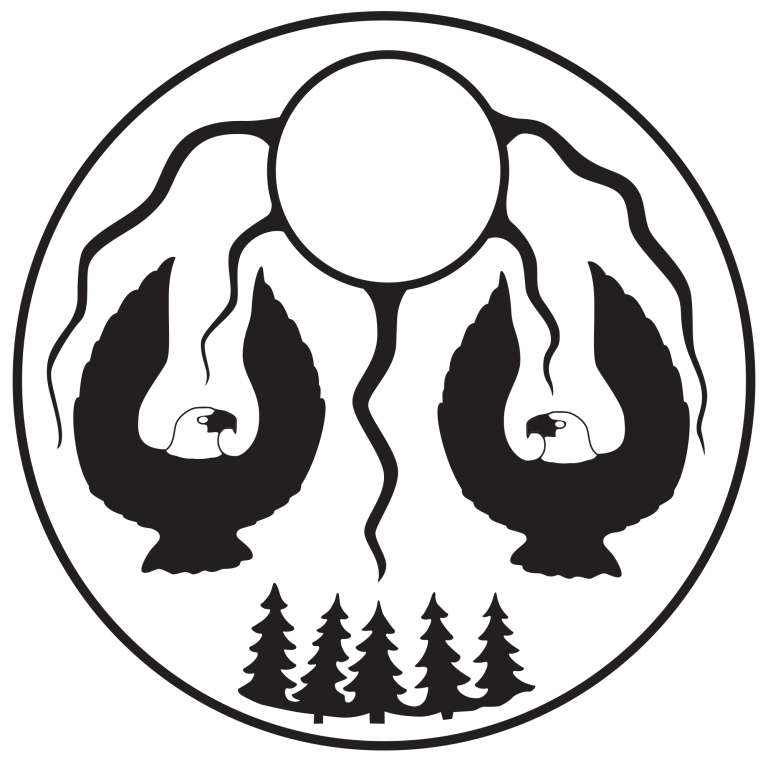History of Mattagami
With knowledge from Elder Leonard Naveau and late Elder George Naveau:
Since time immemorial, Mattagami has long been home to the Anishinaabe and OjiCree people from the Mattagami River area and as far north as the Moose River headwaters on the James Bay coast. The First Nation is located on the northwest side of the beautiful Mattagami Lake. Before the arrival of European settlers, the Anishinaabe and Oji-Cree maintained a life based on the land where they thrived through hunting, fishing, trapping and gathering.
On July 7, 1906, Treaty #9 was signed by Mattagami members Andrew Luke, who signed with a simple ‘X’ and Joseph Shemeket, Thomas Chicken and James Nevue who wrote their names in syllabics. Andrew Luke became the first recognized Chief of Mattagami First Nation under Treaty #9 and the imposed Indian Act. Commissioners Duncan Campbell Scott, Samuel Stewart and Daniel George MacMartin also signed the document. The event was witnessed by Joseph Miller, Pelham Edgar, A.M.C. Banting and Kenneth Ross. Two decades later in 1921, a power company built a dam on the Mattagami River which flooded parts of the First Nation’s land base.
In 1952, an additional 200 acres of land were given back to Mattagami First Nation for the purpose of constructing a new community site. The original community was located in a small area on the north bank of the newly flooded Mattagami Lake. Elder Andrew Luke explained that several members of the community built log cabins to shelter their families. When the community was moved in the early 1950s there was the benefit of gaining better access to the developing road system. New homes were constructed on the second site.
“The old community was not very big. People built their own homes and we even had our own school building which was constructed by local members. Several years later most of these buildings were salvaged when we left and used in the construction of a community hall for our people in the new location of Mattagami First Nation.”
Anishinaabe History
Mattagami is a diverse community with many citizens celebrating multiple heritages. Traditionally we practice and live our Anishinaabe culture and speak Anishinaabemowin. We are a living culture constantly influenced and shaped by our environment. Our history as Anishinaabe stretches back to time immemorial. Our creation stories tell us who we are and where we come from. The Mishmomis Book by Edward Benton-Banai offers a detailed retelling of our stories and history.
Treaty 9
The Indians treated with at Mattagami were well dressed, and appeared to be living comfortably. A degree of unusual cleanliness was to be observed in their surrounding and habits. They gave a cheerful hearing to the terms of the proposed treaty, which was fully explained to them through Mr. Miller, who acted as interpreter. They, like the other Indians visited, were given an opportunity to ask any questions or to make any remarks they might desire with reference to the propositions made to them.
The Indians held a short conversation among themselves, and then announcement through Joseph Shemeket, one of their number, that they were fully satisfied with the terms of the treaty, and were prepared to have it signed by representatives of the band. The treaty was, therefore, at once signed and witnessed. Payments were begun and concluded in the afternoon, and preparations made for the feast. An election for chief was also held, resulting in Andrew Luke being chosen for that position, to whom a flag and a copy of the treaty were presented in the presence of the band.
Treaty Texts – Treaty No. 9




